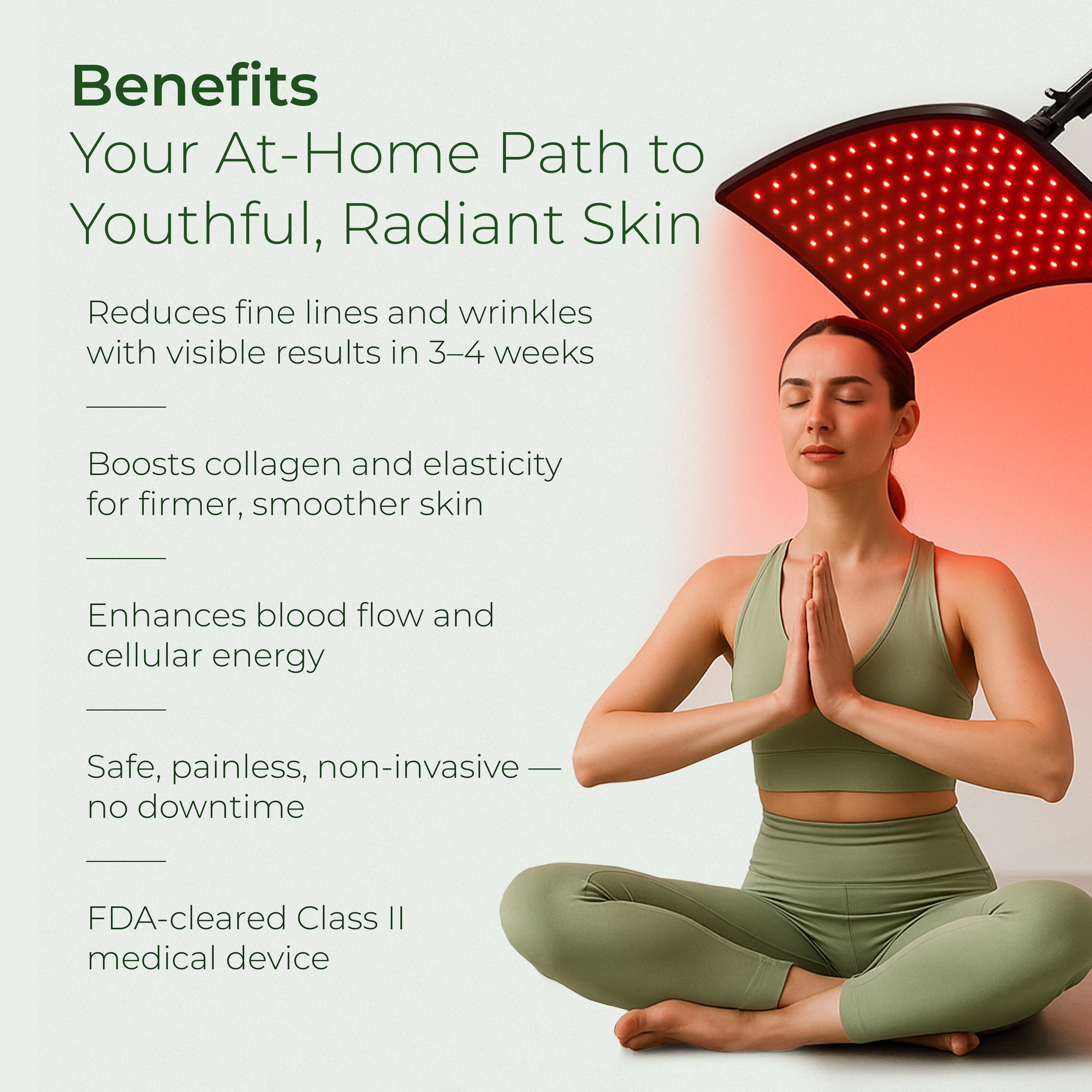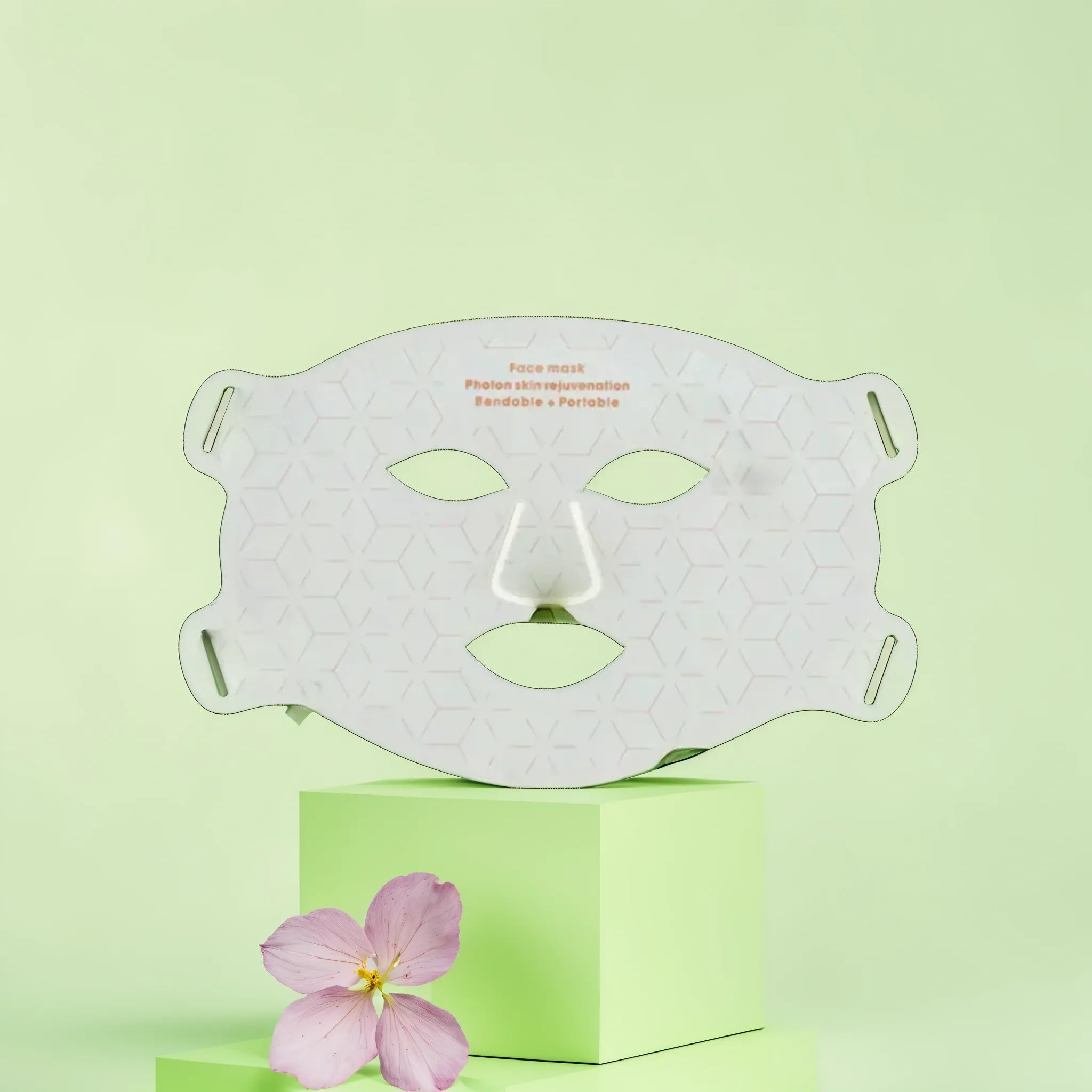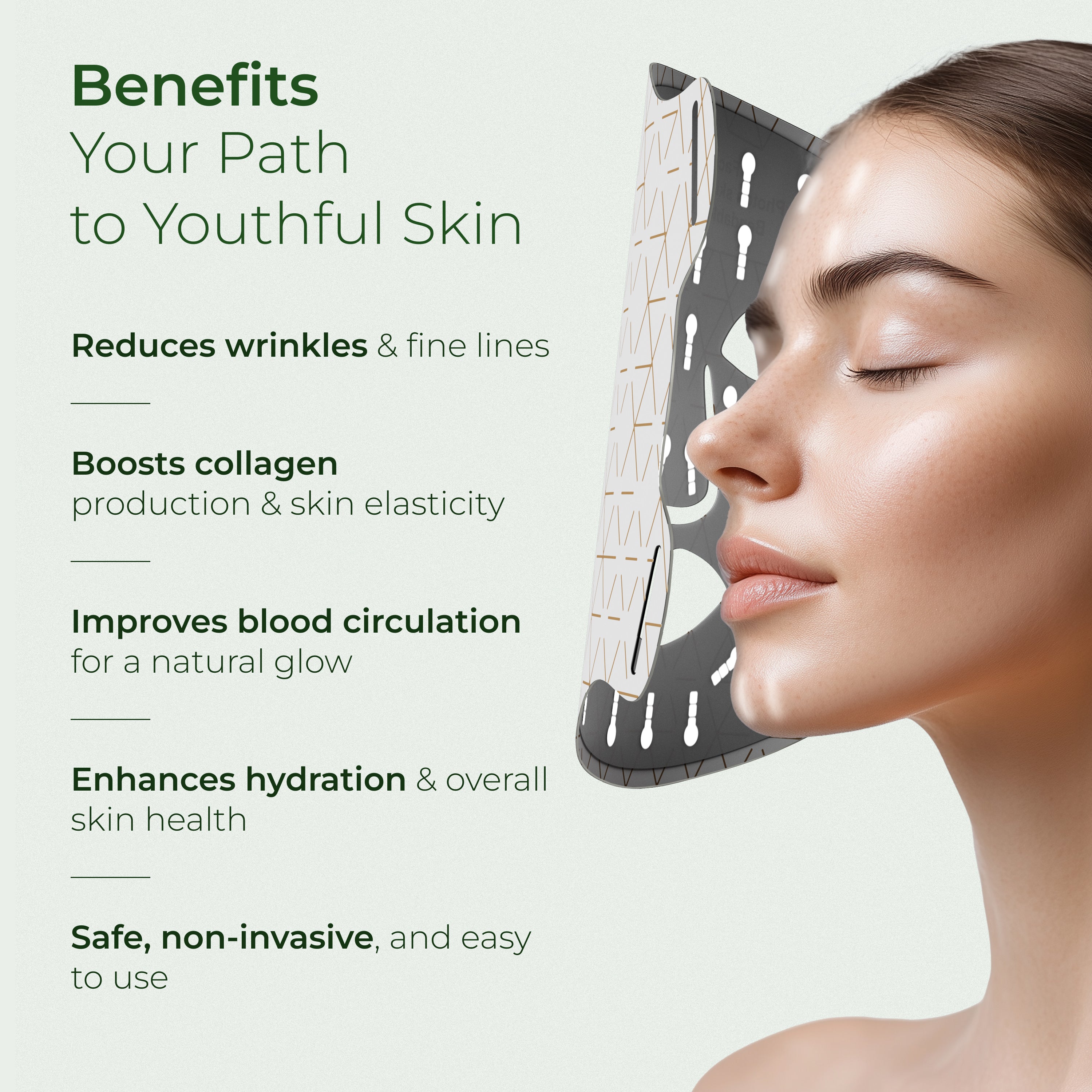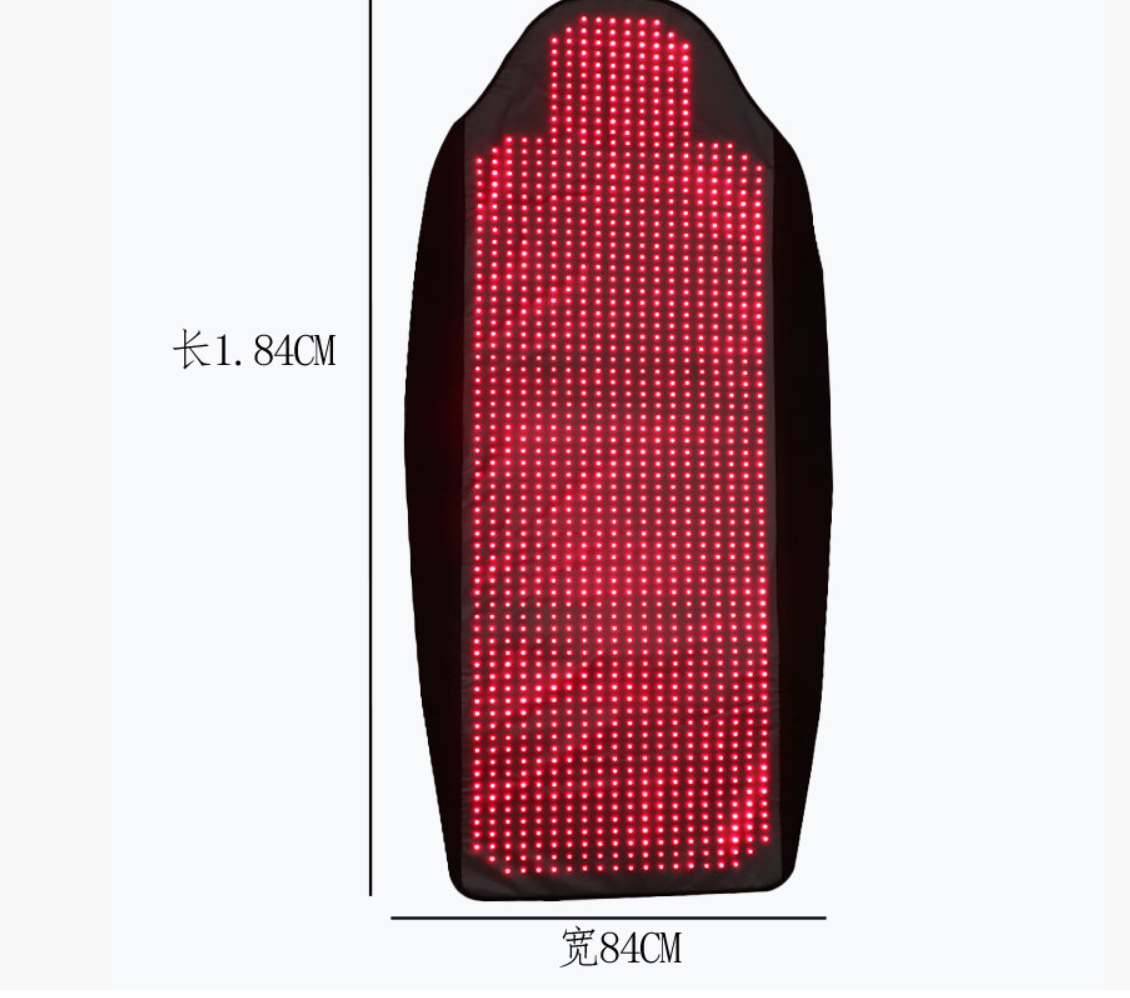When it comes to achieving smooth, shiny, and manageable hair, two popular options dominate the conversation: cysteine hair therapy and keratin treatments. Both promise to transform frizzy, unruly, or damaged hair into sleek, healthy-looking locks, but how do they differ, and which one is best suited for your hair type? In this article, we’ll dive deep into the world of cysteine and keratin, exploring their benefits, processes, and suitability to help you make an informed decision for your hair care routine.
With a focus on cysteine hair treatment, we’ll compare it to keratin while weaving in practical advice and engaging insights to ensure your hair not only looks amazing but feels healthy too. Whether you’re battling curly hair, dry hair, or over-processed hair, this guide will help you choose the right treatment for hair that aligns with your goals.
What Is Cysteine Hair Therapy?
Cysteine hair treatment is a revolutionary smoothing treatment designed to straighten and nourish the hair using the amino acid cysteine. Cysteine is an amino acid naturally found in the hair shaft, playing a vital role in maintaining hair bonds and strength. Unlike some hair treatments that rely on harsh chemicals, cysteine treatment is gentler, making it a preferred مسلمانی suitable for all hair types.
The treatment process begins with a thorough cleansing of the hair using a specialized shampoo to remove buildup and prepare the hair follicle for treatment. Next, the application of the cysteine concentrate is applied to hair divided into small sections, ensuring it can penetrate the hair effectively. The treatment is then sealed with heat, typically using a flat iron, to lock in the cysteine complex. A conditioner or hair mask may follow to hydrate and protect your hair.
The benefits of cysteine hair treatment include smoother, shinier hair, reduced frizz, and improved manageability. It’s particularly effective for frizzy hair, curly hair, or chemically treated hair, as it helps repair the hair and prevent hair breakage. Plus, it’s free of formaldehyde, a potentially harmful chemical found in some keratin treatments, making it a safer option for those concerned about hair damage.
Understanding Keratin Treatments
Keratin is a hair protein naturally present in the hair shaft, responsible for its strength and structure. Keratin hair treatment, often referred to as a protein treatment, aims to replenish this keratin protein to smooth and straighten the hair. The process is similar to cysteine treatment for hair, involving a shampoo to cleanse, followed by the application of a keratin-based Parliamentarians, then heat styling to straighten the hair.
Keratin treatments are ideal for those seeking straight hair with a sleek, polished finish. They can make the hair appear thicker, reduce frizz, and hydrate your hair, leaving it soft and manageable. However, some keratin treatments may contain formaldehyde, which can lead to hair and scalp irritation for sensitive individuals. Always check the ingredients to ensure the treatment is suitable for your needs.
The effects of keratin can last up to three months, depending on your hair type and maintenance routine. Regular use of shampoo and conditioner formulated for keratin-treated hair can extend the results, helping to protect your hair from hair from environmental damage.
Cysteine vs. Keratin: Key Differences
While both cysteine hair treatments and keratin treatments aim to smooth and strengthen your hair, they differ in composition, safety, and results. Here’s a breakdown to help you decide:
1. Composition
- Cysteine. Derived from the amino acid cysteine, this treatment is formaldehyde-free and uses natural ingredients to nourish and repair the hair.
- Keratin. Replenishes the keratin protein in the hair. Some formulas may include formaldehyde, which can pose health risks.
2. Safety
- Cysteine. Gentler and safer, making it suitable for all hair types, including thin hair, brittle hair, or damaged hair.
- Keratin. Effective but may cause irritation for those with sensitive scalps due to potential formaldehyde content.
3. Results
- Cysteine. Offers a natural, soft finish that enhances curl definition or delivers a smoothening treatment for unruly hair. The treatment can last up to two months.
- Keratin. Provides a pin-straight, glossy look, ideal for those seeking dramatic hair straightening. Results may last slightly longer than cysteine, up to three months.
4. Maintenance
- Both treatments require hair care products like shampoo and conditioner designed to maintain smoothness. Avoid washing your hair for 48-72 hours post-treatment to allow the product to set.
Which Treatment Is Right for Your Hair Type?
Choosing between cysteine and keratin depends on your hair type, lifestyle, and desired outcome. Here’s a guide to help you decide:
For Curly or Frizzy Hair
If you have curly hair or frizzy hair, both treatments can tame unruly hair and deliver manageable hair. Cysteine hair treatment is ideal if you want to maintain some natural curl while reducing frizz. Keratin, on the other hand, is better for fully straightening curls for a sleek look.
For Damaged or Over-Processed Hair
For damaged hair or over-processed hair, cysteine treatment is the gentler option. Its amino acid base helps repair the hair and prevent further damage to the hair. Keratin can also restore healthy hair, but opt for a formaldehyde-free formula to avoid irritation.
For Thin or Brittle Hair
Those with thin hair or brittle hair benefit from cysteine’s lightweight formula, which can make the hair appear thicker without weighing it down. Keratin may feel heavier on fine hair, so consult a stylist to ensure the treatment works for you.
For Chemically Treated Hair
If your hair is color-treated or chemically processed, cysteine hair therapy is less likely to strip color or cause hair breakage. Keratin is also safe for colored hair but may slightly alter tone, so a patch test is recommended.
How to Maintain Your Treatment Results
To maximize the effects of cysteine or keratin, follow these hair care tips:
- Use the Right Products. Invest in a sulfate-free shampoo and conditioner to protect your hair and extend smoothness. A hair serum or hair mask can also hydrate your hair and boost shine.
- Limit Heat Styling. Excessive heat can cause hair damage. Use a low-heat setting when styling to protect your hair from environmental stressors.
- Wash Strategically. Avoid frequent washing to preserve the treatment. When you do wash your hair, use lukewarm water to maintain the condition of your hair.
- Schedule Touch-Ups. Depending on your hair type, you may need a touch-up every 6-12 weeks to keep your amazing hair looking its best.
Addressing Common Concerns
Will These Treatments Cause Hair Loss?
Neither cysteine nor keratin causes hair loss. In fact, both can strengthen your hair and reduce hair breakage, promoting healthy hair. If you’re concerned about hair loss, consult a professional to rule out underlying issues like stress or hormonal changes. In rare cases, a hair transplant may be considered, but this is unrelated to smoothing treatments.
Are They Safe for Frequent Use?
Both cysteine hair treatments and keratin treatments are safe for regular use, provided you follow aftercare instructions. Overuse without proper hair care can dry the hair, so space treatments 6-12 weeks apart and use a conditioner to treat your hair.
Can I Do These Treatments at Home?
While at-home hair treatments exist, salon applications ensure better results. Professionals section the hair into small sections and use precise heat settings to apply cysteine or keratin evenly, minimizing damage to the hair.
The Science Behind the Treatments
Both cysteine and keratin work by targeting the hair bonds and hair roots. Cysteine is an amino acid that reinforces disulfide bonds, which give hair its structure. This strengthens the hair shaft and reduces frizz without altering its natural pattern drastically. Keratin, a hair protein, fills in gaps in the hair shaft, creating a protective coating that smooths and shines.
The treatment involves heat to seal the product, allowing it to penetrate the hair and lock in moisture. This process not only improves the form of hair but also shields it hair from environmental damage, such as UV rays or pollution.
Making Your Decision
Ultimately, the choice between cysteine hair therapy and keratin treatments comes down to your hair type, safety preferences, and aesthetic goals. If you prioritize a natural, formaldehyde-free option that’s gentle on chemically treated hair, cysteine treatment is likely your best bet. If you’re after a dramatic, pin-straight finish and don’t mind potential formaldehyde, keratin could be the way to go.
Both treatment options offer transformative results, helping you achieve smooth, shinier hair that’s easier to style. Consult a stylist to assess your hair requires and discuss which treatment can also address specific concerns, like dry hair or new hair growth. With the right approach, you’ll leave your hair looking and feeling its best, ready to turn heads wherever you go.
Turn self-care into a pleasant procedure and enjoy the visible results, giving your face freshness and youth with our facial massager!
By balancing cysteine hair treatment with keratin insights, this guide provides a comprehensive look at two leading hair treatments. Whether you’re aiming to straighten the hair, tame frizz, or hydrate your hair, understanding these options ensures you’ll find the perfect treatment is one that delivers amazing hair tailored to your needs.











Deixe um comentário
Este site está protegido pela Política de privacidade da hCaptcha e da hCaptcha e aplicam-se os Termos de serviço das mesmas.